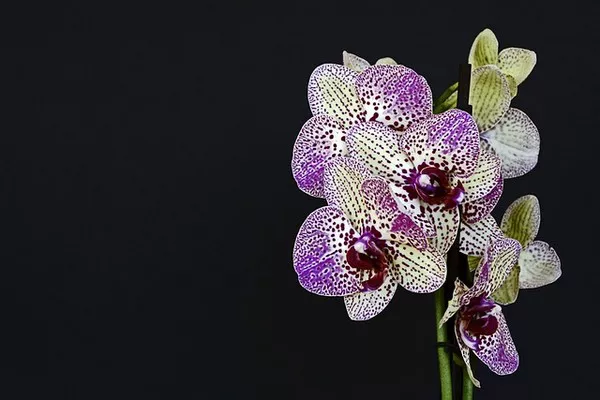Orchid plants, renowned for their exotic beauty and elegance, have captured the hearts of gardeners and enthusiasts alike. Successfully cultivating these captivating flowers requires a delicate balance of care and attention, particularly when it comes to watering. The unique characteristics of orchids demand a tailored approach to watering that differs from other common houseplants. In this comprehensive guide, we will delve into the art of watering orchid plants, exploring the various factors that influence their water requirements, the best practices for watering, and how to avoid common pitfalls that can lead to overwatering or underwatering.
Understanding Orchid Watering Needs
Orchids are epiphytic plants, which means they naturally grow on trees or other surfaces in their native environments. Their unique growth habit and root structure have adapted to receive moisture from the air and occasional rainwater. This adaptation informs their specific watering requirements. Orchids generally prefer to be slightly under moistened rather than overwatered, as excessive moisture can lead to root rot, a common issue that can be fatal to these plants.
Factors Influencing Watering Frequency
Several key factors influence the watering frequency for orchid plants:
Type of Orchid: Different orchid species have varying water needs. Phalaenopsis orchids, for example, are among the most popular and adaptable orchids, requiring less frequent watering compared to certain species like Oncidium or Cattleya, which may demand more moisture.
Growing Medium: The medium in which orchids are planted plays a crucial role in determining their watering needs. Orchids are often potted in bark mixtures, sphagnum moss, or a combination of these, which allow for excellent drainage. The type of medium affects how quickly water is retained and released, impacting the frequency of watering.
Environmental Conditions: Light, humidity, and temperature levels directly influence an orchid’s water requirements. Higher humidity and lower light conditions may warrant less frequent watering, while warmer temperatures and higher light levels could necessitate more frequent watering.
Pot Size: The size of the pot relative to the size of the plant also matters. Smaller pots dry out more quickly, potentially necessitating more regular watering, while larger pots retain moisture longer.
Best Practices for Watering Orchids
Water Quality: Use room temperature or lukewarm water to avoid shocking the roots. Rainwater or distilled water is preferable due to its lack of mineral content, which can accumulate over time and harm the plant.
Watering Technique: Water thoroughly, allowing water to flow freely through the pot’s drainage holes. Water until the excess drains out, ensuring that the roots receive moisture evenly.
Frequency: Orchids typically need watering every 1 to 2 weeks. However, it’s essential to monitor the moisture level in the medium and the plant’s overall health. Stick your finger about an inch into the growing medium; if it feels dry, it’s time to water.
Morning Watering: Watering in the morning allows the orchid’s foliage to dry throughout the day, reducing the risk of fungal growth. Avoid watering in the evening, as damp foliage during cooler nights can encourage disease.
Humidity Management: Orchids thrive in humid environments. Placing a tray with water near the orchids or using a humidifier can help maintain adequate humidity levels.
Preventing Overwatering and Underwatering
Overwatering: Signs of overwatering include yellowing leaves, soggy growing medium, and a musty smell. To avoid overwatering, ensure proper drainage in the pot, adjust your watering frequency based on the factors mentioned earlier, and consider repotting if the medium has broken down and water retention has become excessive.
Underwatering: Wrinkled, leathery leaves and dry, shriveled roots are indications of underwatering. If you suspect underwatering, increase watering frequency gradually and consider misting the orchid’s aerial roots.
Additional Care Tips
Fertilization: Orchids require nutrients to thrive. Use a balanced orchid fertilizer, and remember to flush the pot with plain water every few months to prevent mineral buildup.
Aerial Roots: Many orchids have aerial roots that serve to absorb moisture and nutrients from the air. Mist these roots occasionally or provide them with a gentle soak.
Adaptation Period: When introducing a new orchid to your care routine, it may take time for you to understand its specific water needs. Monitor its response and adjust your approach accordingly.
Conclusion
Mastering the art of watering orchid plants is an essential skill for any orchid enthusiast. By understanding the unique requirements of orchids and taking into consideration factors such as species, growing medium, and environmental conditions, you can provide the optimal amount of moisture to ensure healthy growth and vibrant blooms. Remember that while general guidelines exist, each orchid might have its preferences, making attentive observation a key aspect of successful orchid care. With a blend of knowledge, patience, and care, you can cultivate these exquisite flowers and enjoy their unparalleled beauty for years to come.


